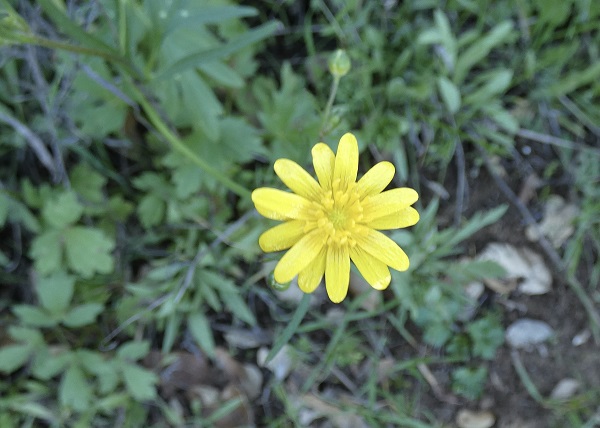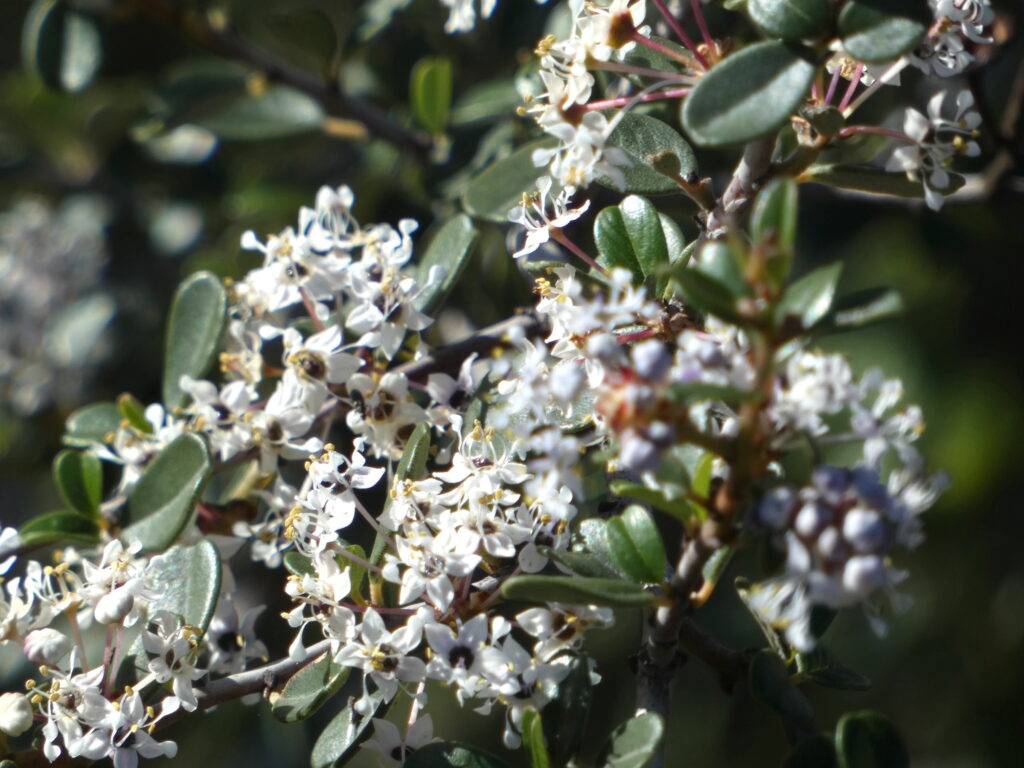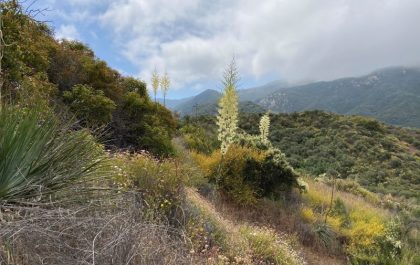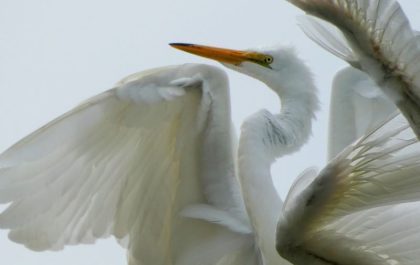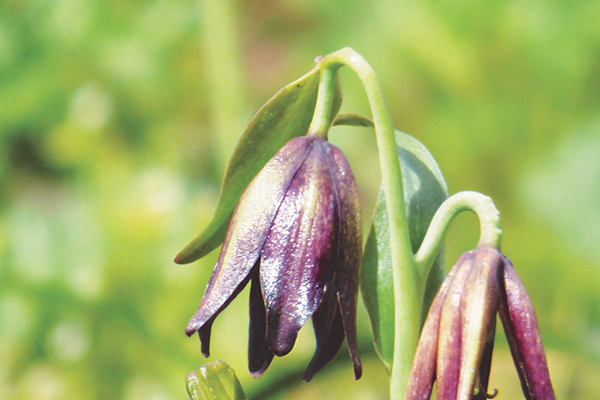
Wildflower season is just beginning in the Santa Monica Mountains, but it may be even more ephemeral than usual this year. Topanga received more rain than many neighboring areas, giving canyon plants a boost this season, and there will still be some flowers even in the places that received less rain, but this week’s Santa Ana winds and warm weather are already drying out the soil.
Hiking into the Santa Monica Mountains on a trail is the best way to fully experience spring in our mountains, but for those who can’t hike, a drive through the back roads offers a taste of spring beauty. Either way, this is the time to savor the winter green and look for the first spring flowers. But hurry, unless March brings more rain, this season will be over almost as soon as it begins! Look for wildflower updates as the season progresses at www.smmflowers.org. Desert USA is primarily focused on sites like the Antelope Valley Poppy Reserve, but also has periodic updates on the coast ranges, including the Santa Monica Mountains. www.desertusa.com/wildflo/ca.html

